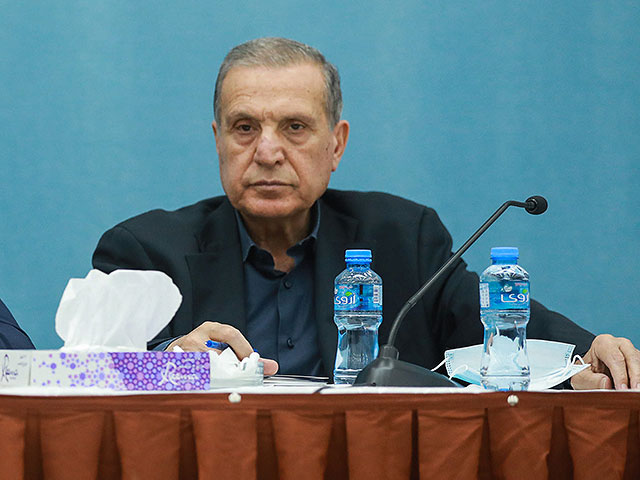
Feral Cat Control: A Battle for Australia’s Unique Ecosystem and Endangered Wildlife
Australian researchers are actively seeking effective measures to prevent feral cats from preying on endangered mammals and destroying ecosystems. Dr. Katherine Moseby, a scientist and co-founder of Arid Recovery, a non-profit wildlife sanctuary in South Australia, highlighted the invasive nature of feral cats in the country. These predators specialize in eating endangered small mammals within the Arid Recovery sanctuary, despite efforts to keep them out with fences requiring regular supervision.
Feral cats pose a significant threat in Australia, where slow-breeding small mammals are vulnerable to their hunting instincts. Since European settlers introduced cats to Australia in the late 18th century, at least 34 native mammal species have become extinct, making cats a major contributor to the worst rate of mammal extinction in the modern world. The Australian government has classified feral cats as national pests and has been engaged in efforts to control their population for decades.
Scientists like Moseby and Read at Arid Recovery are working to develop new tools to reduce feral cat numbers and protect native animals. Measures such as specially designed fences, traps, poisoned bait, and snipers have been used, but with limited success in controlling the high number of ground mice and gophers killed by feral cats. Research has led to innovative solutions like implanting toxic drugs under the skin of threatened animals to target predatory cats, as well as the creation of Felixer traps that spray poisonous gel at passing cats.
While efforts are being made to control feral cat populations, some conservation biologists like Arian Wallach advocate for accepting feral cats as part of Australia’s environment and exploring alternative solutions to protect endangered animals. In the ongoing battle against feral cats, researchers continue to innovate and implement new strategies to safeguard Australia’s unique ecosystem and precious wildlife.

